Home>Garden Essentials>Why Is My Evergreen Ground Cover Turning Brown
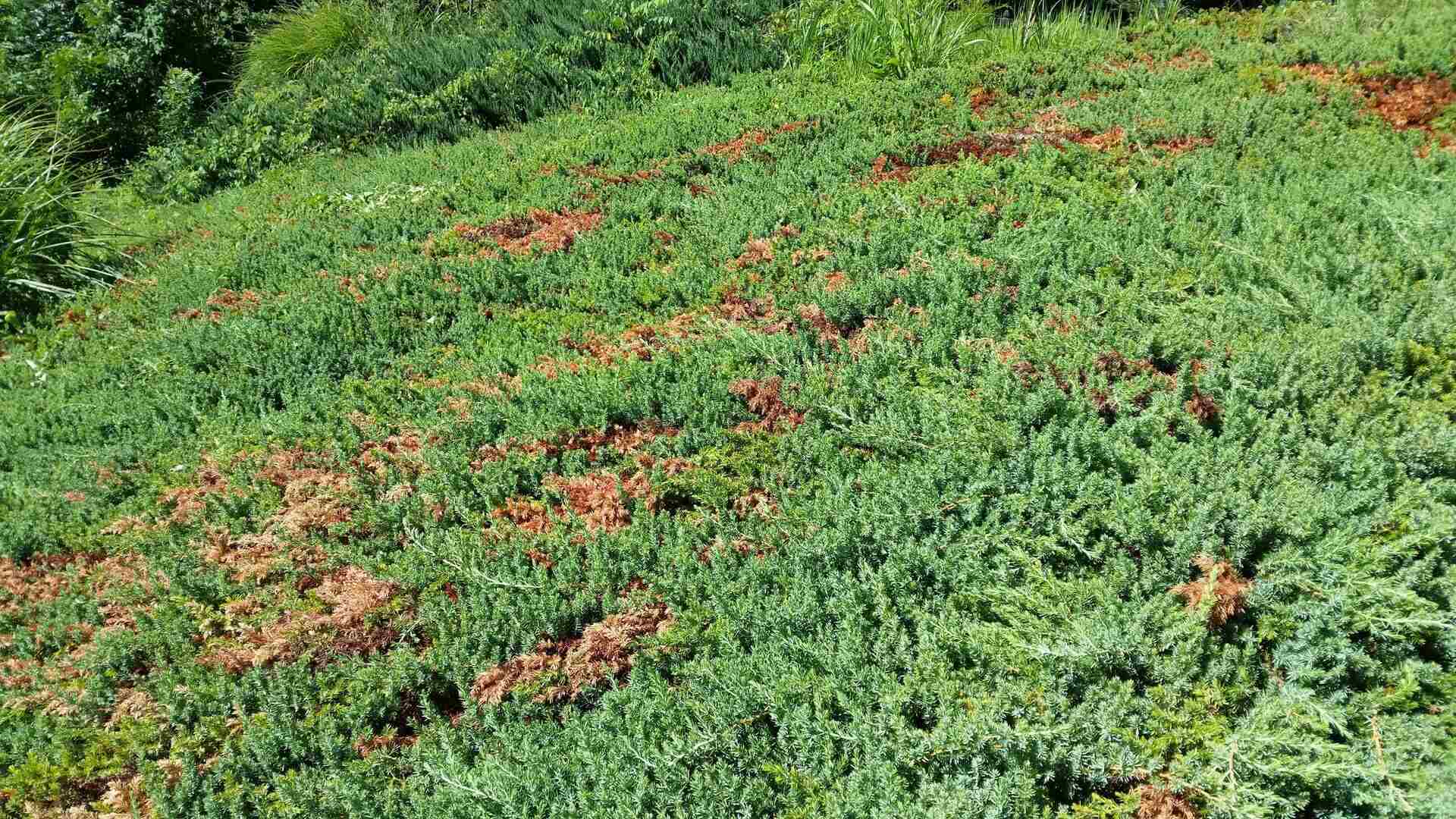

Garden Essentials
Why Is My Evergreen Ground Cover Turning Brown
Modified: March 15, 2024
Discover the reasons why your garden's evergreen ground cover may be turning brown. Find solutions and tips to revive and maintain a healthy green ground cover for your garden.
(Many of the links in this article redirect to a specific reviewed product. Your purchase of these products through affiliate links helps to generate commission for Storables.com, at no extra cost. Learn more)
Introduction
Having a lush and vibrant evergreen ground cover can be a beautiful addition to any garden or landscape. However, it can be disheartening to see your once thriving ground cover take on a brown and lifeless appearance. The changing color could be an indication of underlying issues that need to be addressed in order to revive your green oasis.
There are several potential causes for your evergreen ground cover turning brown. Identifying the root cause is crucial in order to determine the appropriate steps for restoration. In this article, we will explore some common reasons for the brown coloration and provide tips on how to revive your ground cover to its former glory.
Key Takeaways:
- Proper watering, soil improvement, and pest control are essential for reviving brown evergreen ground cover. Providing shade and regular maintenance also play a crucial role in restoring lush green appearance.
- Implementing proper watering techniques, providing shade from excessive sunlight, and addressing soil deficiencies are key to reviving brown evergreen ground cover. Regular monitoring and care are essential for long-term health.
Read more: What To Plant Near Evergreen Ground Cover
Causes of turning brown in evergreen ground cover
When your once vibrant evergreen ground cover starts to turn brown, it can be a sign of distress. Understanding the potential causes can help you address the issue and restore your ground cover to its healthy state. Here are some common reasons for the browning of evergreen ground cover:
- Lack of water: Insufficient water supply is one of the most common causes of browning in evergreen ground cover. Inadequate watering can cause the plants to become stressed and ultimately lead to browning. It is important to ensure that your ground cover receives enough water, especially during dry periods.
- Excessive sunlight exposure: Evergreen ground cover is generally tolerant of sunlight, but excessive exposure to intense sunlight can cause leaves to brown and become scorched. Providing some shade or protection during the hottest parts of the day can help prevent browning caused by excessive sunlight.
- Poor soil conditions: The health of your evergreen ground cover is heavily influenced by the quality of the soil it is planted in. If the soil lacks essential nutrients or has poor drainage, it can lead to browning and other issues. Conducting a soil test and amending the soil accordingly can improve the overall health of your ground cover.
- Pest or disease infestation: Infestation by pests or diseases can weaken the plants and cause them to turn brown. Common pests that can affect evergreen ground cover include aphids, scale insects, and mites. Fungal diseases like root rot and leaf spot can also contribute to browning. Regular inspection and appropriate treatment can help control pest and disease issues.
- Improper maintenance and care: Neglecting regular maintenance tasks such as pruning, weeding, and fertilizing can result in browning and decline of your evergreen ground cover. Proper maintenance practices, including regular trimming and feeding, can promote healthy growth and prevent browning.
It is important to assess your evergreen ground cover and consider these potential causes in order to accurately diagnose the issue. Identifying the root cause will allow you to take the necessary steps to revive your ground cover and restore its lush green appearance.
Lack of Water
One of the most common causes of evergreen ground cover turning brown is the lack of water. Adequate hydration is essential for the health and vitality of plants, and when they don’t receive enough water, they can become stressed and exhibit signs of browning.
Evergreen ground cover plants have different water requirements, but in general, they need consistent moisture to thrive. Factors such as climate, season, and soil type can influence the amount of water they require. Inadequate watering can lead to brown patches, wilting leaves, and overall decline in the appearance of the ground cover.
To combat the issue of insufficient water, it is important to establish a proper watering routine. Here are some tips to ensure your evergreen ground cover receives enough moisture:
- Monitor soil moisture: Regularly check the moisture level of the soil to determine when watering is necessary. The soil should be moist, but not waterlogged. Insert your finger about an inch into the soil to gauge its moisture level.
- Water deeply: Give your evergreen ground cover a thorough watering to reach the roots. Shallow watering only wets the surface and doesn’t penetrate deep enough to nourish the roots. Use a slow and steady watering method to allow the water to soak deeply into the soil.
- Water during the early morning: Watering in the morning allows the plants to absorb moisture before the heat of the day evaporates it. This helps to prevent excess water loss and ensures proper hydration.
- Use a drip irrigation system: Installing a drip irrigation system can ensure that your evergreen ground cover receives a consistent and efficient supply of water. This method delivers water directly to the roots, minimizing water loss through evaporation.
- Apply mulch: Mulching around your ground cover plants can help retain moisture in the soil and reduce water evaporation. Apply a layer of organic mulch, such as wood chips or compost, around the base of the plants.
By addressing the issue of insufficient water and implementing these watering techniques, you can help revive your evergreen ground cover and prevent further browning. Remember to water consistently and adjust your watering schedule based on specific environmental conditions and the needs of your particular ground cover species.
Excessive Sunlight Exposure
While sunlight is necessary for the growth and photosynthesis of plants, excessive exposure to intense sunlight can lead to browning of evergreen ground cover. The leaves can become scorched, wilted, and eventually turn brown.
Evergreen ground cover plants are generally tolerant of sunlight, but some species may be more sensitive to intense heat and sunlight. Additionally, factors such as location and climate can also influence the amount of sunlight the plants receive. If your ground cover is in an area that is exposed to prolonged periods of direct sunlight, it may be more prone to browning.
To protect your evergreen ground cover from excessive sunlight exposure, here are some strategies you can implement:
- Provide shade: Create shade for your ground cover plants during the hottest parts of the day. This can be done by using shade cloth, plant umbrellas, or strategically placing taller plants or structures to provide shade.
- Use reflective mulch: Applying reflective mulch around your ground cover plants can help to bounce off excess sunlight and reduce heat absorption. Materials such as light-colored gravel or reflective plastic sheeting can be used as mulch.
- Utilize shade-loving plants: Introducing shade-loving companion plants near your evergreen ground cover can help provide natural shade and reduce the amount of direct sunlight received by the ground cover plants.
- Water in the morning: Watering your ground cover plants in the morning can help cool down the foliage and lessen the impact of intense sunlight during the day.
- Consider movable containers: If your evergreen ground cover is planted in containers, you have the flexibility to move them to a location with more shade during the hottest part of the day.
By implementing these strategies, you can protect your evergreen ground cover from excessive sunlight exposure and prevent browning. It is important to find the right balance of sunlight and shade for your specific ground cover species, taking into consideration their individual light requirements.
Poor Soil Conditions
The health and appearance of evergreen ground cover are greatly influenced by the quality of the soil it is planted in. Poor soil conditions can cause the plants to become stressed, leading to browning and overall decline. Factors such as nutrient deficiencies, improper pH levels, and poor drainage can all contribute to poor soil conditions.
To improve the soil conditions for your evergreen ground cover and prevent browning, consider the following steps:
- Conduct a soil test: A soil test can provide valuable information about the nutrient levels and pH of your soil. It can help determine if there are any deficiencies or imbalances that need to be addressed. Contact your local extension service or use a DIY soil test kit to obtain accurate results.
- Amend the soil: Based on the results of the soil test, you may need to amend the soil with organic matter, such as compost or well-rotted manure, to improve its structure and fertility. This can help provide essential nutrients and improve drainage.
- Fertilize appropriately: Depending on the specific nutrient needs of your evergreen ground cover, you may need to apply a balanced fertilizer to provide the necessary nutrients for healthy growth. Follow the recommended dosage and application instructions on the fertilizer packaging.
- Adjust pH levels: Some evergreen ground cover plants prefer slightly acidic soil, while others thrive in more alkaline conditions. Adjusting the pH levels of the soil can help create an environment that is optimal for your specific ground cover species. Consult the soil test results for guidance on adjusting pH levels.
- Improve drainage: Poor drainage can lead to waterlogged soil, which can cause roots to become suffocated and lead to browning. If your soil doesn’t drain well, consider adding organic matter or perlite to improve its drainage capabilities.
By addressing poor soil conditions and providing the necessary amendments, you can create a healthy growing environment for your evergreen ground cover. Improved soil conditions will support the overall health and vigor of the plants, preventing browning and promoting lush growth.
Read more: How To Prune Evergreen Ground Cover
Pest or Disease Infestation
Pest or disease infestations can be a common cause of evergreen ground cover turning brown. Insects, mites, and fungal diseases can weaken the plants, leading to discoloration and overall decline in health. Identifying and addressing these issues promptly is essential to prevent further damage.
Here are some common pests and diseases that can affect evergreen ground cover:
- Aphids: These tiny insects feed on the sap of plants, causing leaves to curl, distort, and eventually turn brown. Look for clusters of small, soft-bodied pests on the undersides of leaves.
- Scale insects: These pests often appear as small, oval-shaped bumps on the leaves and stems. They suck on plant sap, causing yellowing, wilting, and browning of foliage. Scale insects can be difficult to control, so it is important to take action promptly.
- Mites: Mites are microscopic pests that feed on the sap of plants, causing leaves to develop a stippled or mottled appearance. Severe infestations can lead to browning and defoliation of the plants.
- Fungal diseases: Common fungal diseases that can affect evergreen ground cover include root rot, leaf spot, and powdery mildew. These diseases can cause brown spots, wilting, and decay of the leaves and stems.
To address pest or disease infestations and prevent browning of your evergreen ground cover, consider the following steps:
- Identify the problem: Properly identify the specific pest or disease affecting your ground cover. This will help determine the appropriate treatment method.
- Remove affected foliage: If you notice any leaves or stems that are heavily infested or diseased, promptly remove and dispose of them to prevent the spread of the problem.
- Natural pest control: Consider using natural pest control methods such as neem oil, insecticidal soaps, or beneficial insects like ladybugs to combat pest infestations. These methods are generally safe for the environment and can effectively control pests.
- Fungicide treatment: If fungal diseases are the cause of browning, applying a fungicide according to the manufacturer’s instructions can help control the spread of the disease. Make sure to choose a fungicide that is appropriate for your specific ground cover species.
- Maintain good hygiene: Proper sanitation practices, such as regularly cleaning debris and fallen leaves, can help prevent the buildup of pests and diseases.
By implementing these strategies and taking appropriate action against pest or disease infestations, you can protect your evergreen ground cover from browning and restore its health and vitality.
Improper Maintenance and Care
Proper maintenance and care are vital for the health and appearance of evergreen ground cover. Neglecting essential tasks such as pruning, weeding, and feeding can lead to browning and overall decline of the plants. It is important to establish a regular maintenance routine to ensure the longevity and vibrancy of your ground cover.
Here are some key maintenance practices to consider:
- Pruning and trimming: Regularly prune and trim your evergreen ground cover to maintain its shape, promote healthy growth, and remove any dead or diseased foliage. This encourages new growth and prevents browning caused by overcrowding or lack of sunlight penetration.
- Weeding: Keep the area around your ground cover free from weeds, as they can compete for nutrients and water, leading to stress and browning of the plants.
- Feeding and fertilizing: Provide your evergreen ground cover with the necessary nutrients by applying a balanced fertilizer according to the specific needs of the plants. This helps promote healthy growth and prevents nutrient deficiencies that can result in browning.
- Monitoring and adjusting watering: Regularly monitor the moisture levels of the soil and adjust your watering schedule accordingly. Ensure that your ground cover receives adequate water without becoming waterlogged, as both under-watering and over-watering can lead to browning.
- Applying mulch: Mulching around your evergreen ground cover helps to conserve moisture, regulate soil temperature, and suppress weed growth. Apply a layer of organic mulch such as wood chips or compost around the base of the plants, while avoiding direct contact with the stems.
- Regular inspections: Conduct frequent inspections of your ground cover to spot any signs of pests, diseases, or nutrient deficiencies. Promptly address any issues to prevent further damage and browning.
By implementing proper maintenance practices for your evergreen ground cover, you can prevent browning and promote healthy growth. Regular monitoring, timely care, and attention to detail are key to maintaining the vitality and visual appeal of your ground cover.
Check the soil moisture levels to ensure the ground cover is not over or under-watered. Trim away any dead or brown foliage to promote new growth.
Ways to Revive Brown Evergreen Ground Cover
Seeing your once vibrant evergreen ground cover turn brown can be disheartening, but there are steps you can take to revive it and restore its lush green appearance. Here are some effective ways to rejuvenate brown evergreen ground cover:
- Proper Watering Techniques: Ensure that your ground cover is receiving adequate water by following proper watering techniques. Water deeply and thoroughly, allowing the water to reach the roots. Avoid overwatering, as this can lead to waterlogged soil and root rot. Monitor soil moisture levels and adjust your watering schedule according to weather conditions.
- Providing Shade or Protection from Sunlight: Excessive sunlight exposure can cause browning of the leaves. Provide shade or protection during the hottest parts of the day by using shade cloth, plant umbrellas, or strategically placing taller plants nearby to create shade. This will help prevent further sun damage.
- Soil Improvement and Fertilization: Assess the soil conditions and address any deficiencies or imbalances. Conduct a soil test to determine the pH level and nutrient content of the soil. Amend the soil with organic matter, such as compost or well-rotted manure, to improve its structure and fertility. Apply a balanced fertilizer specifically formulated for evergreen plants to provide essential nutrients for growth and rejuvenation.
- Addressing Pest or Disease Issues: Inspect your brown ground cover for signs of pest infestations or diseases. Identify the specific pest or disease causing the issue and take appropriate action. Use natural pest control methods such as neem oil or insecticidal soaps to combat pests. Apply a fungicide if fungal diseases are present. Regularly remove any affected foliage to prevent the spread of pests or diseases.
- Proper Trimming and Pruning: Trim and prune your evergreen ground cover to remove dead, damaged, or diseased foliage. This will promote new growth and improve the overall health of the plants. Pruning also helps to increase air circulation and sunlight penetration, reducing the risk of browning due to overcrowding.
Remember to be patient and consistent in your efforts to revive brown evergreen ground cover. It may take time for new growth to emerge and for the plants to regain their vitality. With proper care, attention, and the implementation of these strategies, you can bring your brown evergreen ground cover back to life and enjoy its lush green beauty once again.
Proper Watering Techniques
Proper watering is essential for the health and revitalization of brown evergreen ground cover. Implementing the right watering techniques will help ensure that your plants receive the necessary moisture to recover and thrive. Here are some tips for proper watering:
- Establish a watering schedule: Create a routine watering schedule based on the specific water needs of your evergreen ground cover. Consider factors such as climate, season, and soil type. Aim to water consistently rather than sporadically to maintain optimal soil moisture levels.
- Deep watering: When you water, aim to saturate the soil to a depth of several inches. This encourages the roots to grow deeper and promotes a stronger, more resilient plant. Shallow watering only wets the surface, leading to shallow root development and increased susceptibility to browning.
- Water in the morning: Watering your evergreen ground cover in the morning is ideal, as it allows the plants to absorb moisture before the heat of the day evaporates it. Avoid watering in the evening, as prolonged moisture on the leaves during the night can promote the growth of fungal diseases.
- Use the right watering method: Use a watering method that delivers water directly to the soil and roots. Drip irrigation or a soaker hose is ideal, as it minimizes water waste through evaporation and ensures that the moisture reaches the root zone. Avoid overhead watering methods, as they can lead to water loss through evaporation and promote the spread of fungal diseases.
- Monitor soil moisture: Regularly check the moisture level of the soil to determine when watering is necessary. Insert your finger about an inch into the soil. If it feels dry at that depth, it’s time to water. By monitoring soil moisture, you can water only when needed, avoiding over- or under-watering.
- Avoid waterlogging: While it’s important to ensure adequate moisture, it’s equally important to prevent waterlogging. Poor drainage can suffocate the roots and lead to browning. If your ground cover is in an area with insufficient drainage, consider amending the soil or using raised beds to improve drainage.
- Consider mulching: Apply a layer of organic mulch, such as wood chips or compost, around the base of your evergreen ground cover. Mulch helps retain soil moisture by reducing evaporation, keeping the roots cool, and inhibiting weed growth.
Remember that watering needs can vary depending on environmental factors and specific plant requirements. It’s important to observe your evergreen ground cover and adjust your watering practices as needed. With proper watering techniques, you can revive brown ground cover and support its recovery and healthy growth.
Read more: Why Are My Outdoor Ferns Turning Brown?
Providing Shade or Protection from Sunlight
Excessive sunlight exposure can contribute to the browning of evergreen ground cover. Providing shade or protection from intense sunlight is crucial for helping the plants recover and thrive. By implementing strategies to reduce direct sunlight, you can create a more optimal growing environment. Here are some effective ways to provide shade or protection from sunlight:
- Use natural shade: Plant taller trees, shrubs, or structures strategically to create natural shade for the ground cover plants. This can help filter and reduce the intensity of sunlight, providing relief during the hottest parts of the day.
- Use shade cloth: Install shade cloth or sunshade fabric over the area where your evergreen ground cover is located. These materials help reduce the amount of direct sunlight reaching the plants while still allowing ventilation and some light penetration.
- Plant umbrellas or shade sails: Install umbrellas or shade sails over the ground cover area to provide temporary shade during the hottest times of the day. These options are especially useful for potted ground cover plants that can be moved as needed.
- Utilize nearby structures: Make use of existing structures such as fences, walls, or buildings to create shade for the ground cover plants. Position the plants strategically to take advantage of the shade provided by these structures.
- Grow shade-loving companion plants: Plant shade-loving companion plants nearby or among your evergreen ground cover. These plants will naturally provide shade for the ground cover, reducing direct sun exposure and creating a favorable microclimate for both species.
When providing shade or protection from sunlight, it is important to strike a balance. Some sunlight exposure is still beneficial for the growth and health of plants, so be mindful not to create excessive shade that can hinder their development. Monitoring the light levels and adjusting accordingly will help you maintain an ideal balance for your evergreen ground cover.
Remember that the specific shade requirements vary among different ground cover species. Observe the plants and assess their response to shade to determine the optimal amount of protection needed. By providing shade or protection from excess sunlight, you can help your evergreen ground cover recover from browning and thrive in a more suitable environment.
Soil Improvement and Fertilization
The health and vitality of evergreen ground cover depend greatly on the quality of the soil it is planted in. Improving the soil and providing proper nutrition to the plants are essential for their recovery and overall well-being. Here are some key steps for soil improvement and fertilization:
- Conduct a soil test: Start by conducting a soil test to assess the composition and nutrient levels of the soil. This will help you determine any deficiencies or imbalances that need to be addressed. Contact your local extension service or use a DIY soil test kit to obtain accurate results.
- Amend the soil: Based on the results of the soil test, amend the soil to improve its structure, fertility, and overall health. Incorporating organic matter, such as compost or well-rotted manure, helps with soil improvement. It enhances drainage, promotes beneficial microbial activity, and adds essential nutrients to the soil.
- Apply balanced fertilizer: Choose a balanced fertilizer formulated for evergreen plants. Follow the manufacturer’s instructions for application rates and timing. Applying fertilizer provides the necessary nutrients that may be lacking in the soil, supporting the recovery and growth of your ground cover.
- Mulch regularly: Apply a layer of organic mulch, such as wood chips, straw, or leaf compost, around the base of your evergreen ground cover. Mulch helps conserve soil moisture, regulate soil temperature, suppress weed growth, and slowly release nutrients as it breaks down.
- Monitor nutrient levels: Regularly check the nutrient levels in the soil to ensure that your ground cover is receiving the appropriate amount of fertilization. Adjust the fertilizer application as needed based on the specific requirements of your plants and their response to the feeding.
- Consider slow-release fertilizers: Slow-release fertilizer formulations gradually release nutrients over an extended period. This can provide a steady supply of essential nutrients to your evergreen ground cover, minimizing the risk of nutrient deficiencies or excesses.
- Avoid over-fertilization: While fertilization is important, it’s crucial to avoid overdoing it. Excessive fertilizer application can lead to nutrient imbalances, chemical burns, or damage to the roots. Follow the recommended dosage and schedule, and remember that sometimes less is more.
Remember that soil improvement and fertilization are ongoing processes. Regular monitoring, adjustment, and maintenance will help ensure that your evergreen ground cover has the right conditions for recovery and growth. By providing the necessary nutrients and improving the soil structure, you will support the rejuvenation of your ground cover and help it regain its lush and healthy appearance.
Addressing Pest or Disease Issues
Pest infestations or diseases can significantly contribute to the browning and decline of evergreen ground cover. Promptly addressing these issues is crucial to prevent further damage and promote the recovery of your plants. Here are some effective strategies for addressing pest or disease issues:
- Identification: Properly identify the specific pest or disease affecting your evergreen ground cover. Observe the symptoms, look for visible signs of pests or infections, and consult gardening resources or local experts to correctly identify the problem.
- Remove affected foliage: Inspect your plants carefully and remove any visibly damaged or diseased foliage. This helps prevent further spread of pests or diseases and allows the plants to redirect energy towards healthy growth.
- Natural pest control methods: Consider using natural pest control methods that are safe for both the environment and beneficial insects. Options include using neem oil, insecticidal soaps, horticultural oils, or introducing beneficial insects like ladybugs or lacewings to control common pests such as aphids or mites.
- Chemical control: In severe infestations or disease outbreaks, you may need to resort to chemical control methods. Choose the appropriate pesticide or fungicide specifically formulated for the pest or disease you are dealing with. Always follow the instructions on the label and apply with caution.
- Cultural practices: Implement cultural practices that discourage pest infestations and promote plant health. These may include proper watering techniques, maintaining good air circulation with adequate spacing, and removing debris or hiding places where pests can thrive.
- Encourage beneficial insects: Attracting beneficial insects can help control pests naturally. Plant flowering plants nearby that are known to attract pollinators and beneficial insects, such as marigolds, daisies, or alyssum.
- Regular monitoring: Continuously monitor your evergreen ground cover for signs of recurring pests or diseases. Early detection allows for timely intervention and helps prevent further damage to the plants.
- Sanitation: Maintain good garden hygiene by removing fallen leaves, debris, or infested plant materials. This reduces potential hiding places and breeding grounds for pests and diseases.
Remember to always take a proactive approach to pest and disease management by implementing preventive measures. Regularly inspect your plants, practice good gardening habits, and provide favorable growing conditions to strengthen the overall health and resilience of your evergreen ground cover.
If you are unsure about the best course of action or if a pest or disease infestation becomes overwhelming, consult with a local gardening professional or extension service for guidance and recommendations specific to your region.
Proper Trimming and Pruning
Trimming and pruning are essential maintenance practices for evergreen ground cover, helping to promote health, shape the plants, and prevent browning. Proper techniques ensure that your ground cover remains lush and vibrant. Here are some guidelines for proper trimming and pruning:
- Timing: The timing of trimming and pruning depends on the specific ground cover species. Generally, it is best to trim and prune evergreen ground cover in early spring or fall, when the plants are not actively growing. Avoid pruning during extreme weather conditions.
- Remove dead or damaged foliage: Start by removing any dead, damaged, or diseased foliage. This prevents the spread of diseases and improves air circulation around the plants.
- Thin out dense areas: If your ground cover has become dense or overcrowded, selectively thin out areas to allow more light and air to penetrate the canopy. This stimulates healthy growth and reduces the risk of browning due to poor light conditions.
- Trim back overgrown branches: Cut back branches that have become excessively long or are encroaching on nearby plants or structures. This helps maintain a compact and well-shaped form and prevents the ground cover from covering or smothering other plants.
- Prune for rejuvenation: For older or leggy ground cover plants, consider pruning them more severely to rejuvenate their growth. This involves cutting back the plants to a lower height, promoting new shoots and denser growth.
- Use clean and sharp tools: Always use clean and sharp pruning tools to make clean cuts. Dull or dirty tools can damage the plant tissue and increase the risk of disease transmission. Disinfect your tools between cuts, especially when working with diseased plants.
- Step back and evaluate: Regularly step back and evaluate the overall shape and appearance of your ground cover. Make adjustments as needed to create a visually appealing and balanced layout.
- Remove clippings and debris: After trimming and pruning, remove the clippings and debris from the ground cover area. Dispose of them properly to prevent the spread of diseases or pests.
Remember that each ground cover species has unique growth habits and requirements. Research the specific pruning techniques recommended for your particular ground cover to achieve the best results. By following proper trimming and pruning practices, you can shape your evergreen ground cover, maintain its health, and prevent browning, allowing it to thrive and beautify your garden.
Read more: Why Are Mums Turning Brown
Conclusion
Evergreen ground cover can bring life and beauty to your garden or landscape, but when it starts to turn brown, it can be concerning. Understanding the potential causes of browning and taking appropriate action can help revive your ground cover and restore its lush green appearance.
In this article, we explored some common causes of evergreen ground cover turning brown, such as lack of water, excessive sunlight exposure, poor soil conditions, pest or disease infestation, and improper maintenance. We also discussed various strategies to address these issues and revive your brown ground cover.
Proper watering techniques, providing shade or protection from sunlight, improving soil conditions and fertilization, addressing pest or disease issues, and implementing proper trimming and pruning practices are all essential steps in the revival process.
It’s important to remember that the specific needs of evergreen ground cover may vary depending on the species and environmental conditions. Regular monitoring, observation, and adjustment of care techniques are necessary to ensure the long-term health and vitality of your ground cover.
By implementing the appropriate strategies and maintaining good gardening practices, you can revive your brown evergreen ground cover and enjoy its lush green presence once again. Remember to stay attentive, provide the necessary care, and take proactive measures to prevent issues from recurring.
With patience, consistency, and a little TLC, your evergreen ground cover can thrive, providing a beautiful and vibrant addition to your landscape for years to come.
Frequently Asked Questions about Why Is My Evergreen Ground Cover Turning Brown
Was this page helpful?
At Storables.com, we guarantee accurate and reliable information. Our content, validated by Expert Board Contributors, is crafted following stringent Editorial Policies. We're committed to providing you with well-researched, expert-backed insights for all your informational needs.
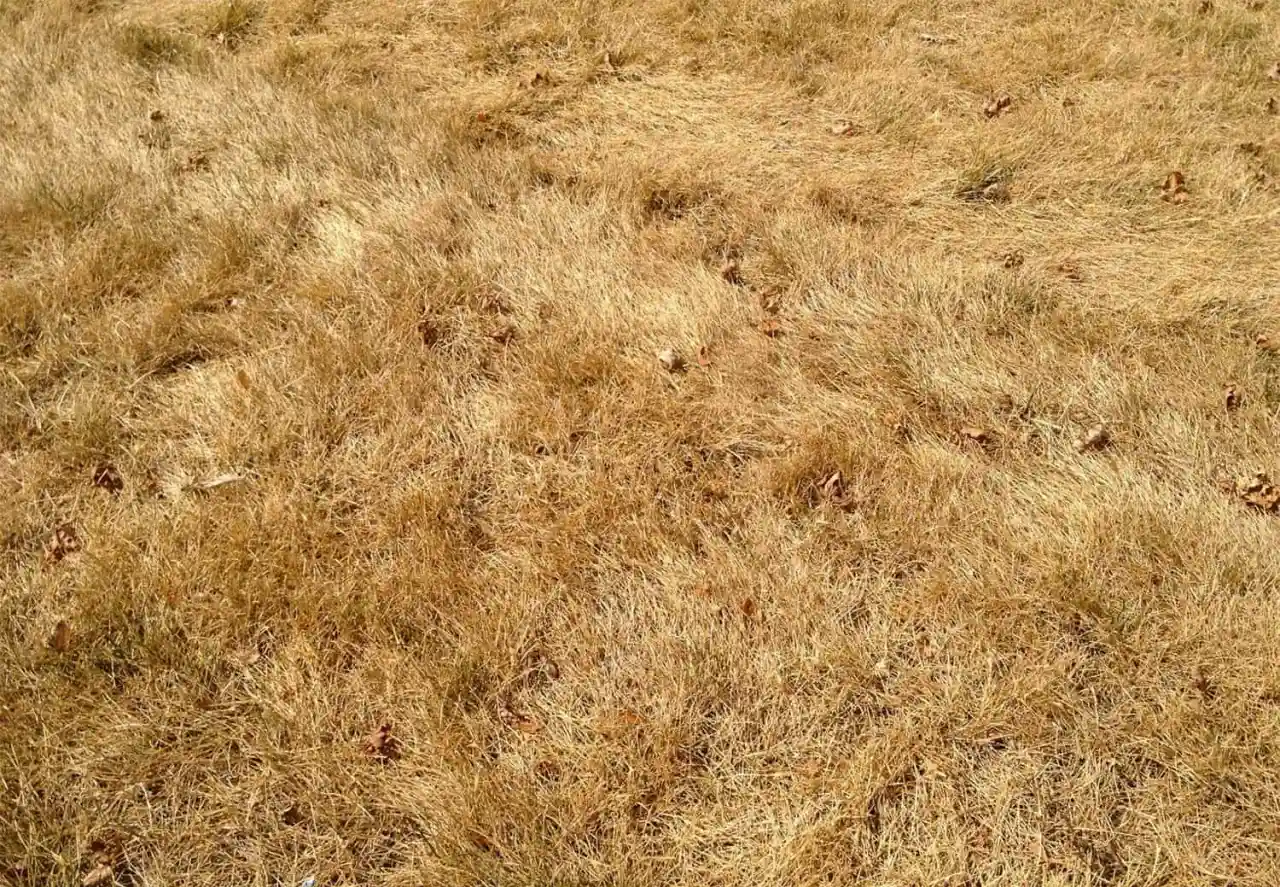
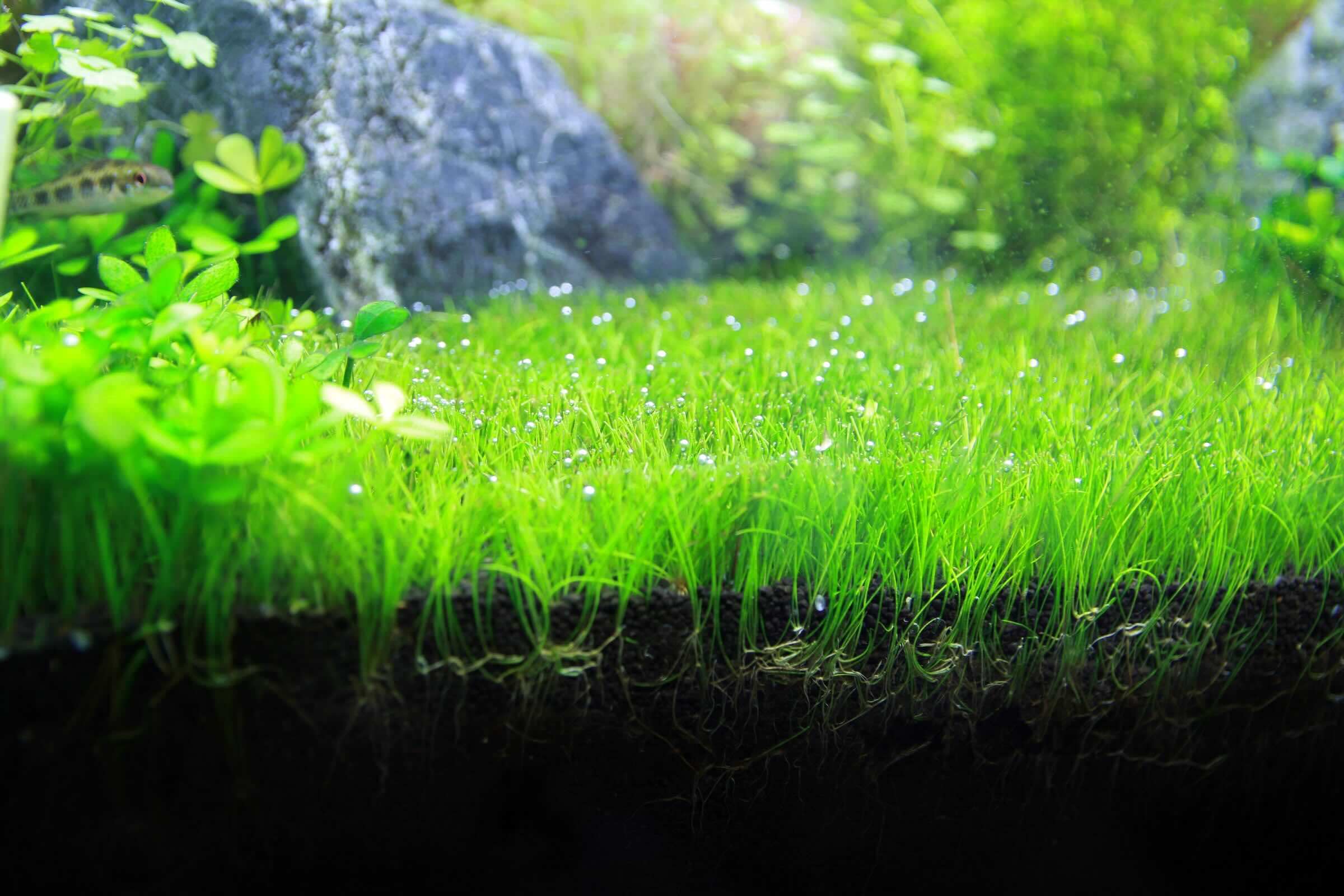
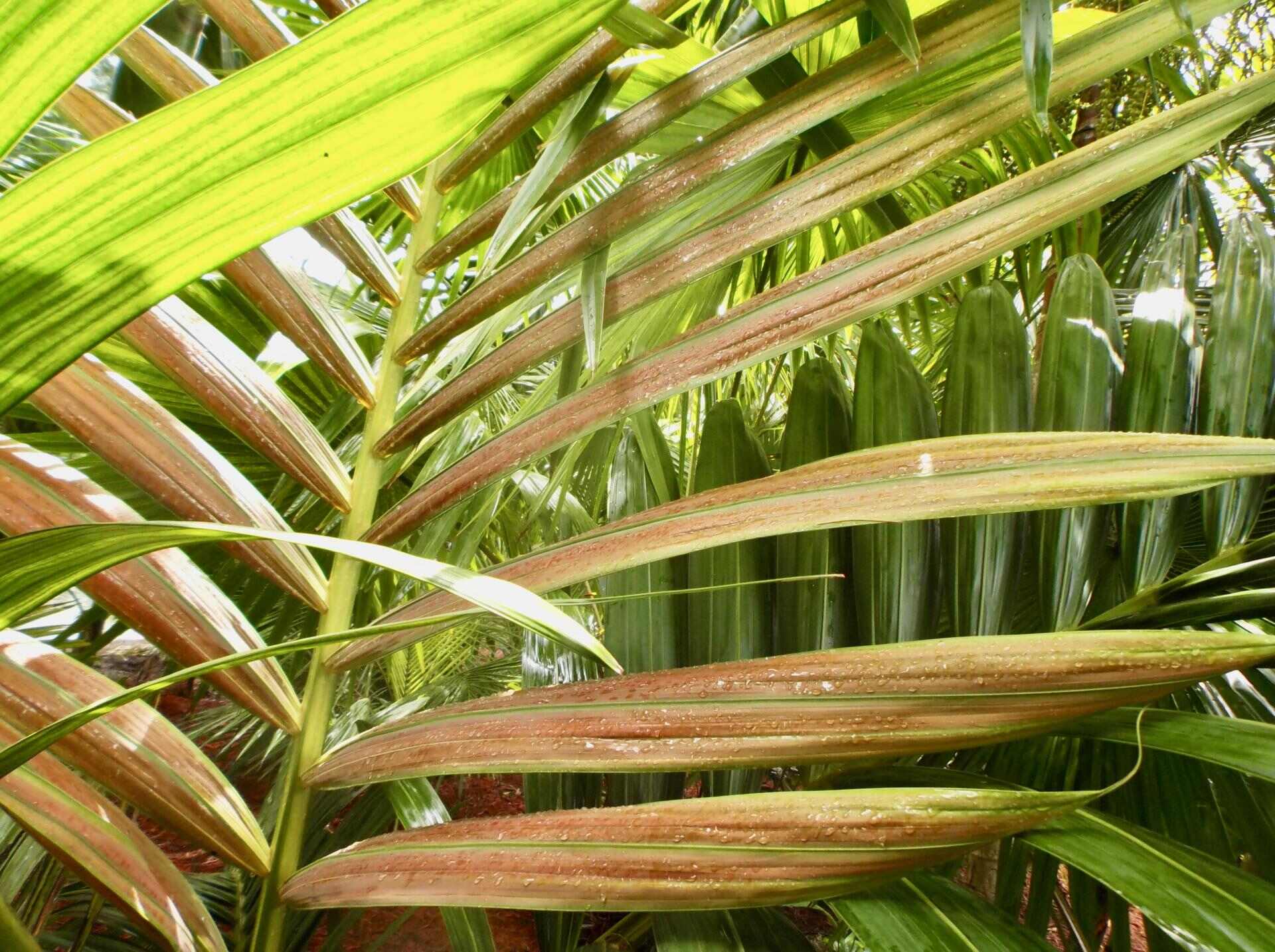

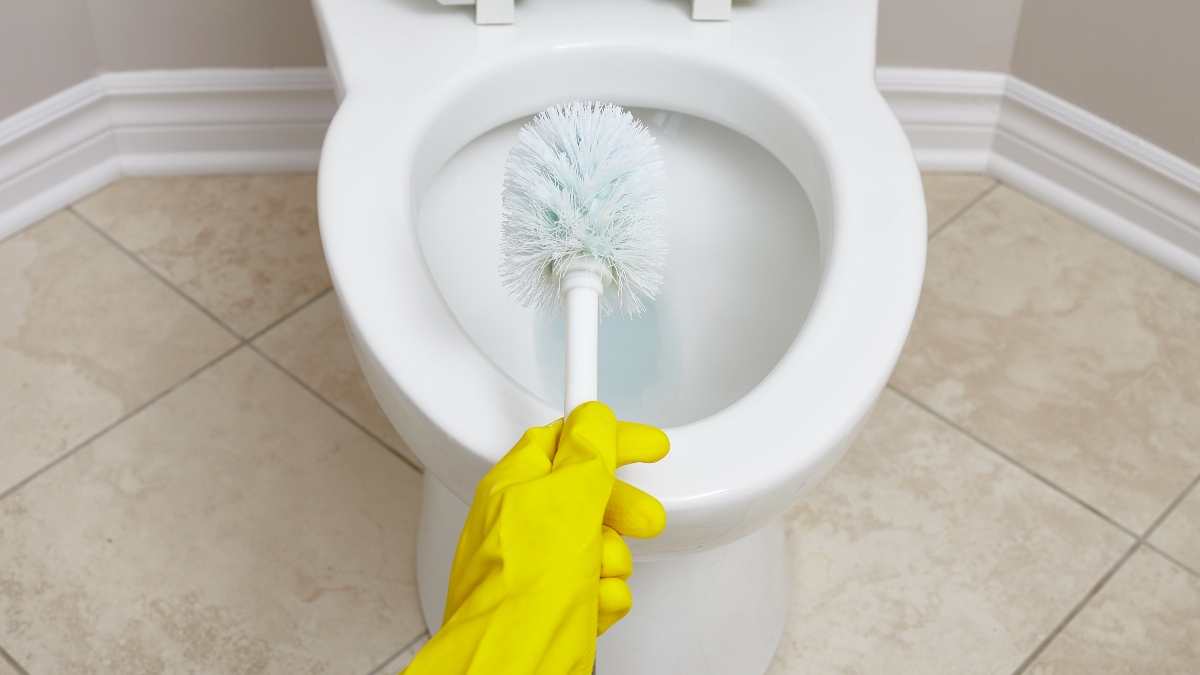
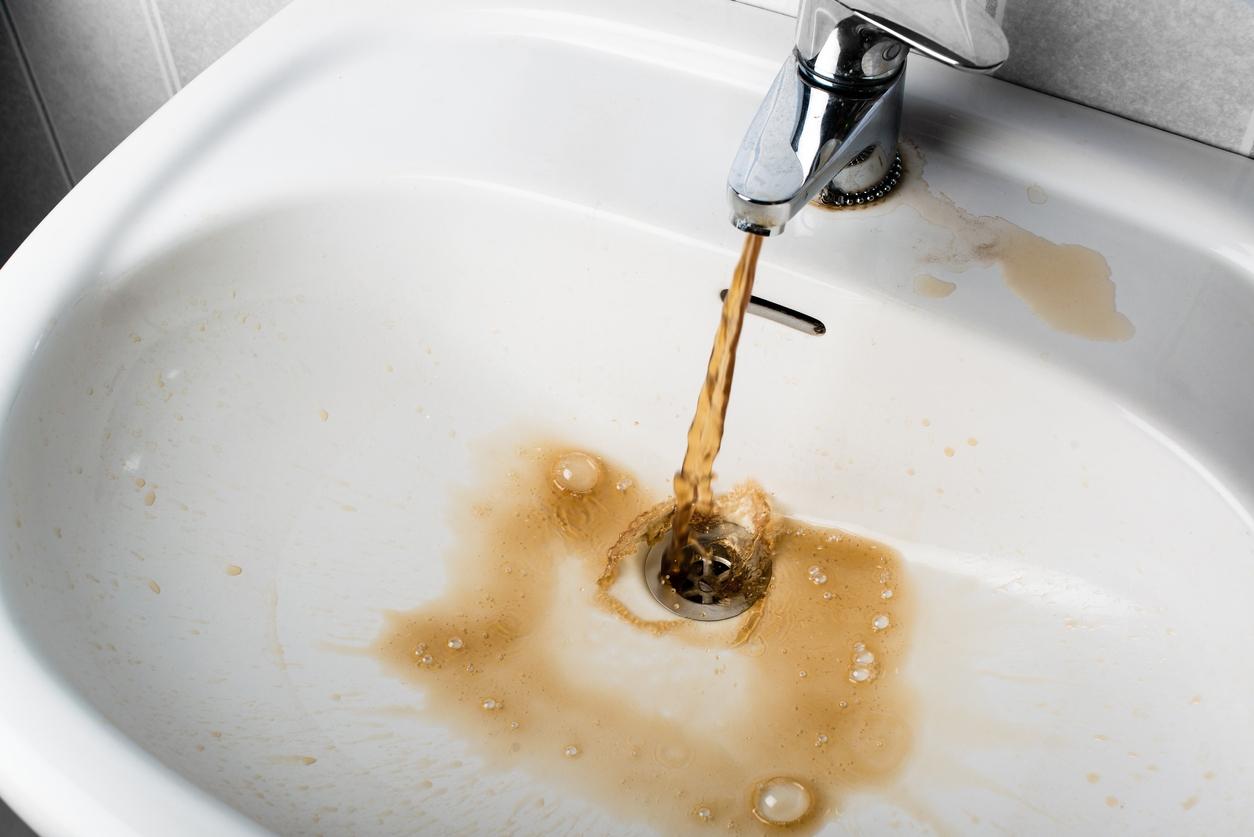
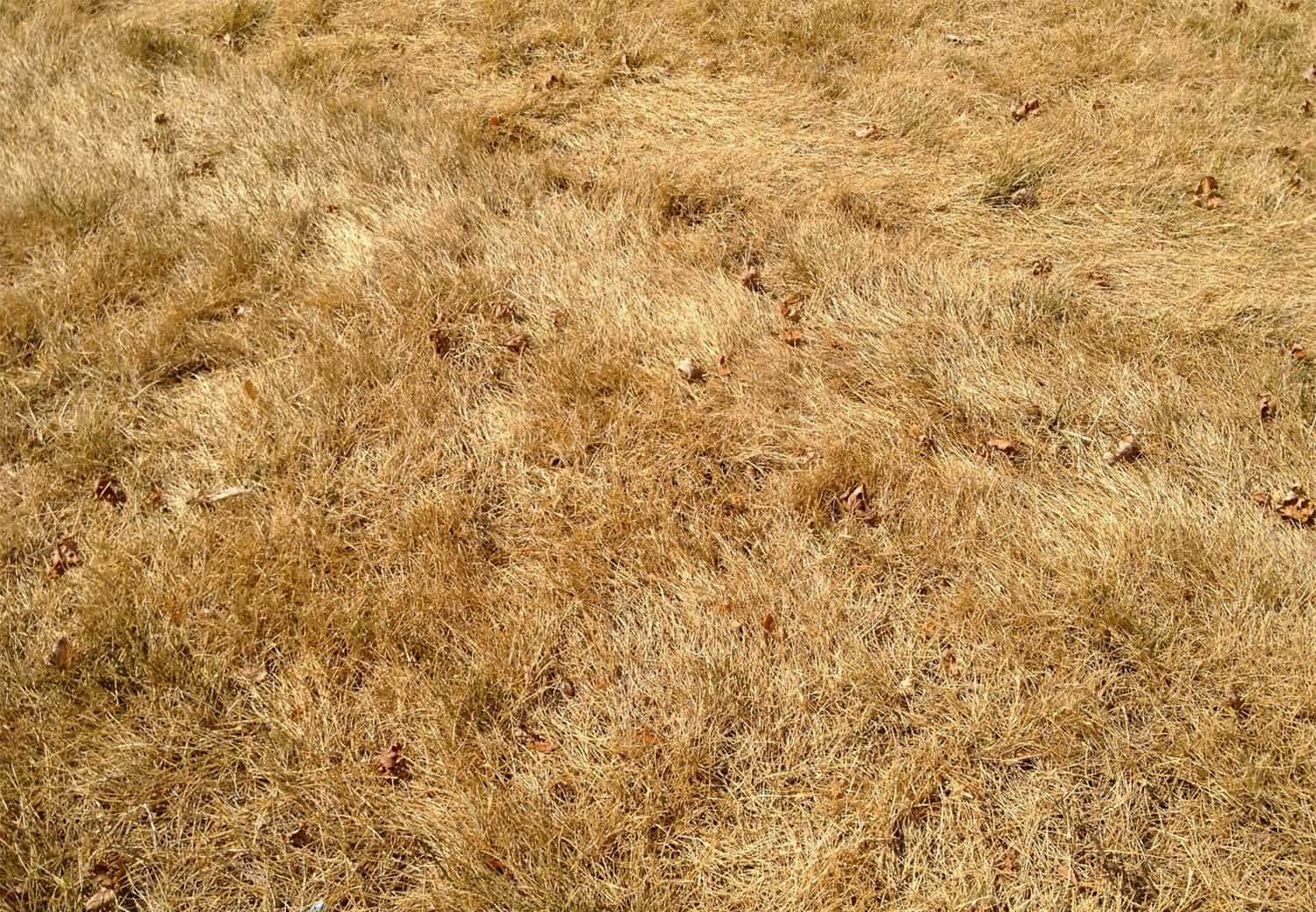
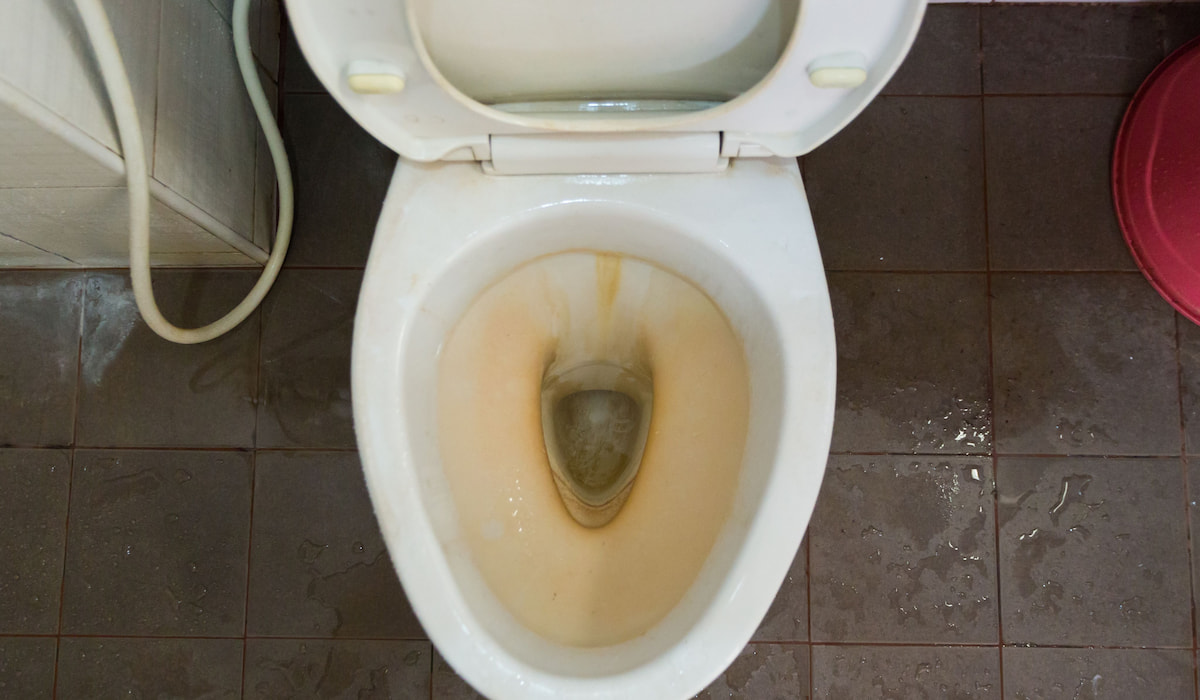
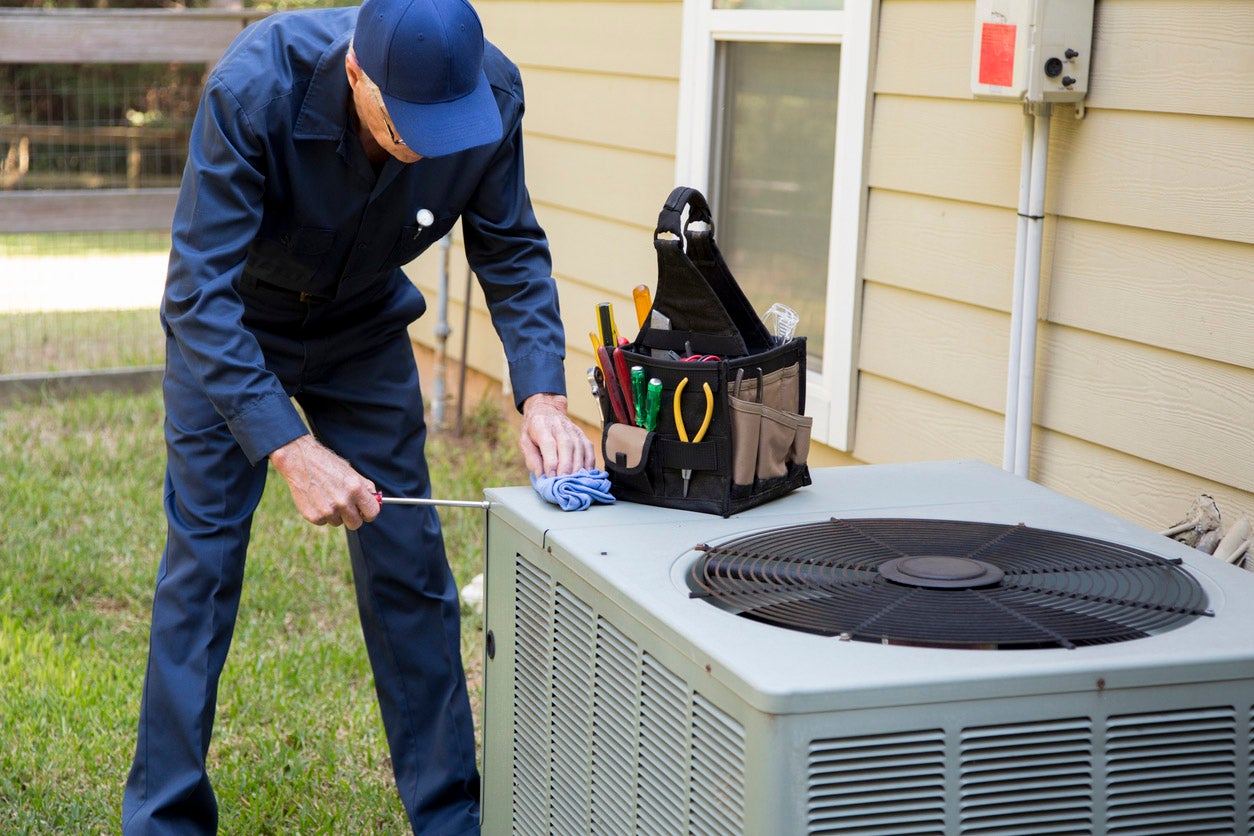

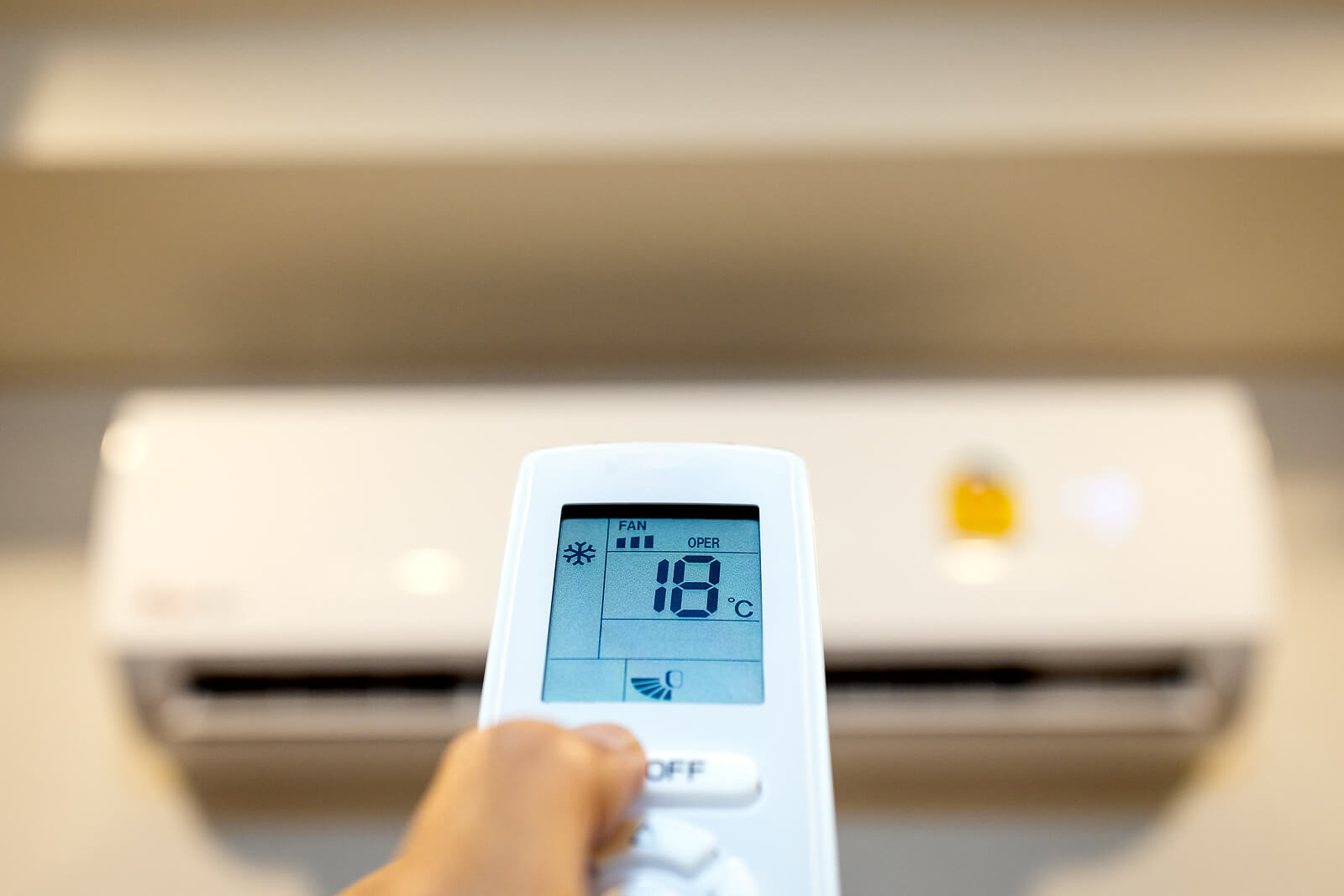


0 thoughts on “Why Is My Evergreen Ground Cover Turning Brown”